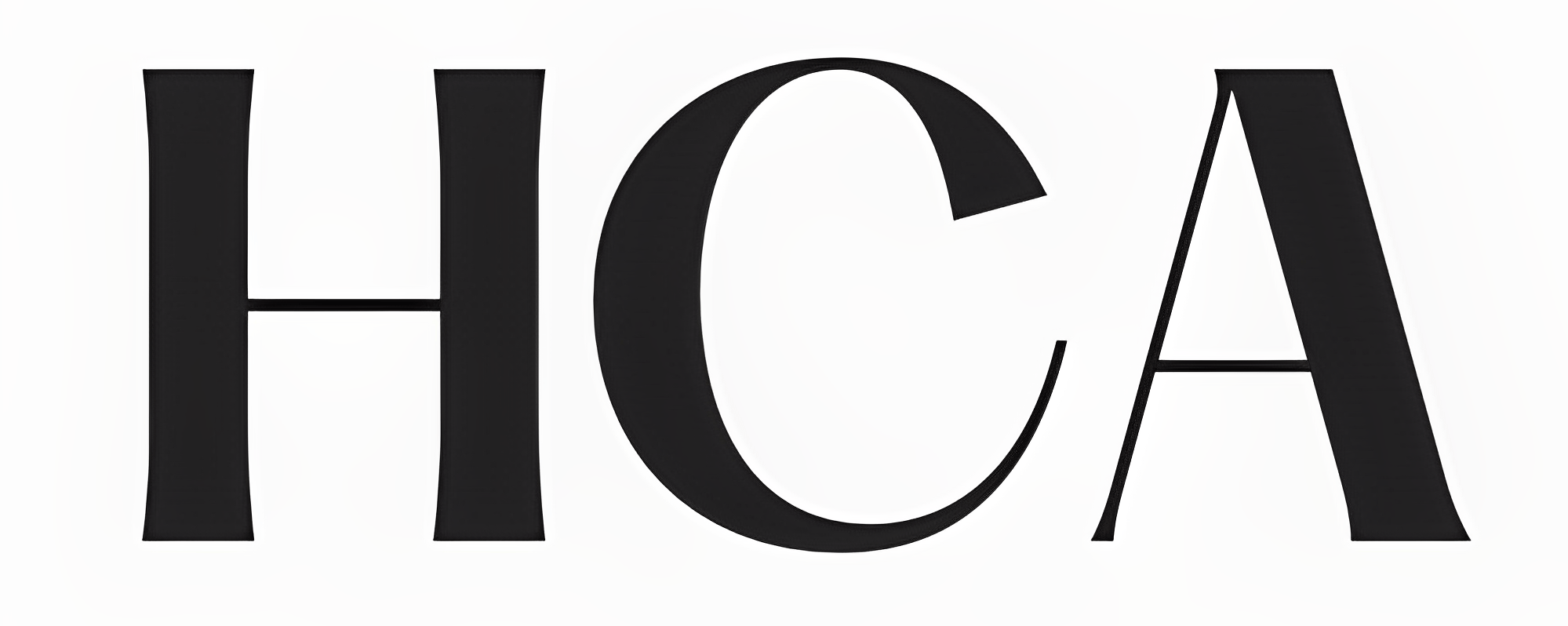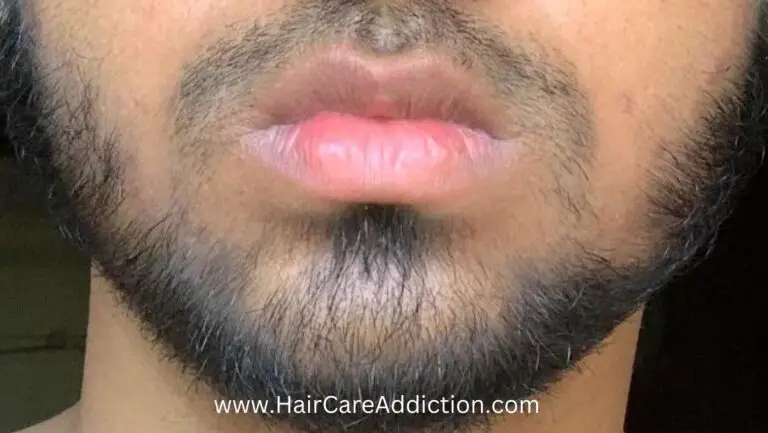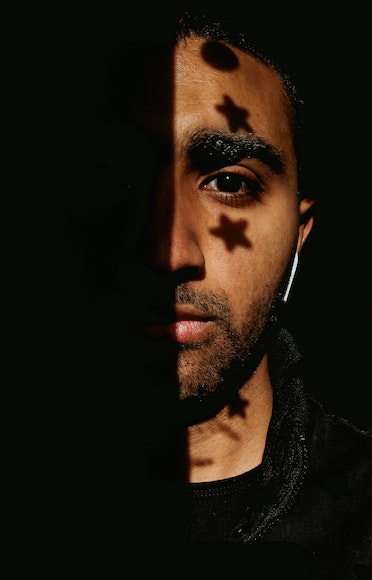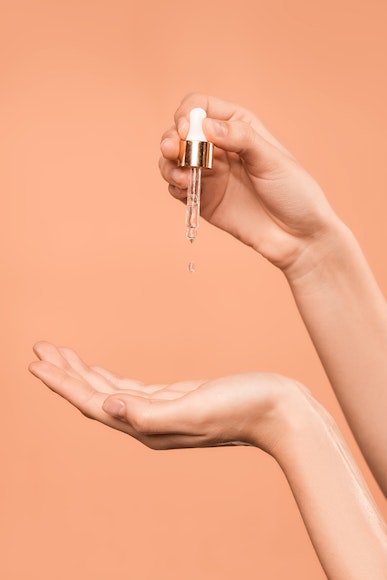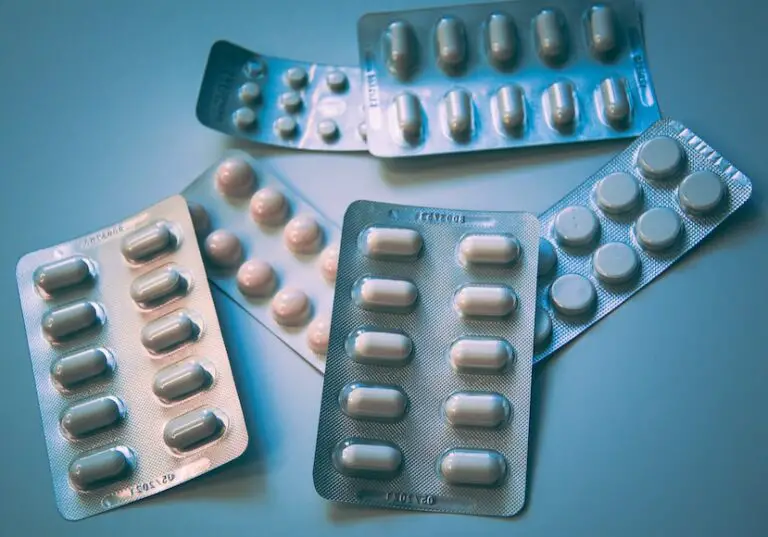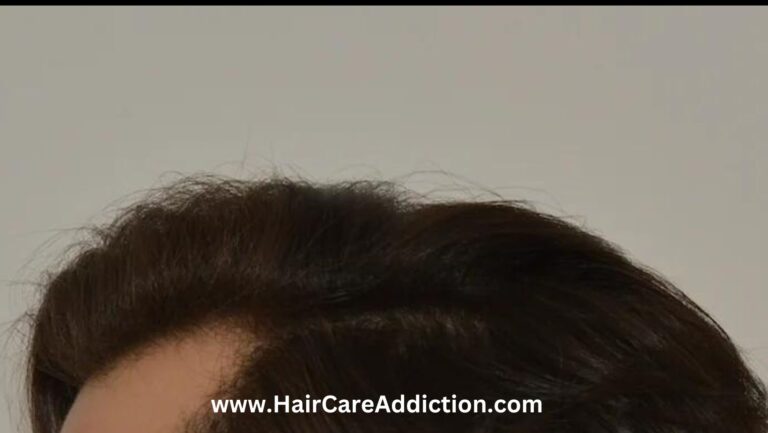Should I Take Finasteride Morning or Night: Tips for Taking Finasteride
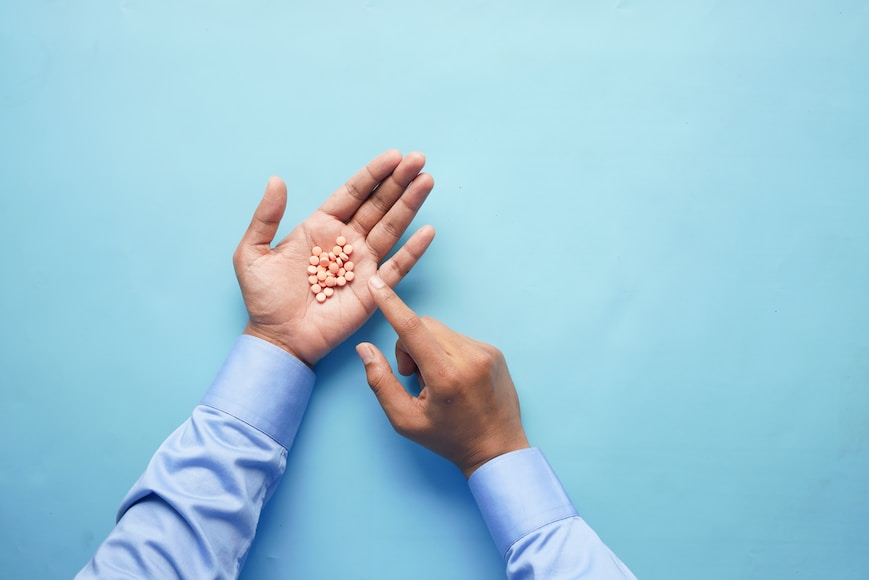
Are you unsure whether to take finasteride in the morning or at night?
Finasteride is a popular medication for treating hair loss, and knowing the best time to take it can help optimize its effectiveness.
In this article, we’ll discuss the role of finasteride in treating hair problems, compare topical and oral finasteride, and provide guidance on when to take it and how to maximize its benefits.
Read on to learn more about this effective hair loss treatment and how to get the best results.
Finasteride and its role in hair problems
Finasteride is a medication primarily used to treat male pattern baldness and benign prostatic hyperplasia (BPH).
It works by inhibiting the conversion of testosterone to dihydrotestosterone (DHT), which plays a crucial role in hair loss.
By reducing DHT levels, finasteride can help slow down hair loss and even promote hair regrowth in some cases.
Topical vs oral finasteride: Which is best for hair growth?
Finasteride is available in both oral and topical forms.
Oral finasteride is typically taken in a tablet form, while topical finasteride is applied directly to the scalp as a solution or foam.
Both forms can be effective in promoting hair growth, but the choice depends on individual preferences and potential side effects.
Oral finasteride has been proven to be effective in treating hair loss, but it may cause systemic side effects in some users, such as decreased libido or erectile dysfunction.
Topical finasteride, on the other hand, may have fewer side effects as it’s applied directly to the scalp and less likely to be absorbed systemically.
However, more research is needed to determine the long-term effectiveness of topical finasteride compared to its oral counterpart.
Best time to start finasteride
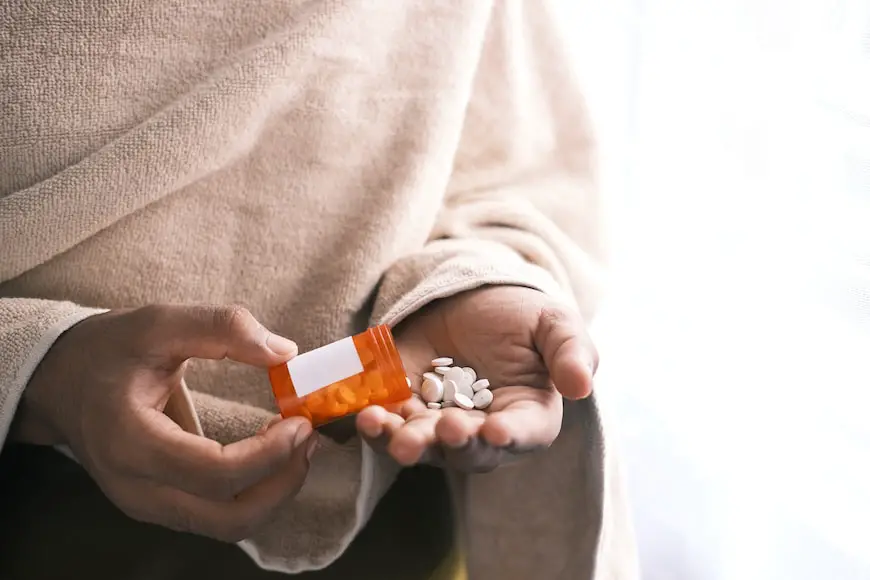
The best time to start finasteride is as soon as you notice signs of hair loss.
The earlier you begin treatment, the more effective it may be in slowing down hair loss and promoting regrowth.
It’s important to consult with your doctor before starting finasteride to ensure it’s appropriate for your specific situation.
Should I take finasteride morning or night?
There is no definitive answer to whether you should take finasteride in the morning or at night, as its effectiveness does not depend on the time of day.
What’s most important is that you take it consistently at the same time each day, as this helps maintain stable levels of the medication in your body.
Do you have to take finasteride at the same time every day and why?
Yes, it’s essential to take finasteride at the same time every day to maintain consistent levels of the medication in your body.
This consistency helps ensure the medication’s effectiveness and reduces the risk of potential side effects.
Can you change the timing of taking finasteride?
If you need to change the time you take finasteride, it’s best to consult with your doctor first. They can guide you on how to safely adjust your schedule and ensure the medication remains effective.
How to take finasteride
To take finasteride effectively, follow these steps:
- Consult with your doctor to determine the appropriate dosage for your specific situation.
- Take finasteride at the same time every day, regardless of whether you choose to take it in the morning or at night.
- If taking oral finasteride, swallow the tablet whole with a glass of water, without crushing or breaking it.
- If using topical finasteride, apply the solution or foam directly to the scalp as directed by your doctor or the product instructions.
- Be patient and consistent with your treatment, as it may take several months to see noticeable results.
Does finasteride work if you are already bald?
Finasteride is most effective in treating hair loss at its early stages. If you are already bald, the medication may not be as effective in promoting hair regrowth.
However, finasteride can still help prevent further hair loss in some cases.
It’s essential to consult with your doctor to determine if finasteride is the right treatment for your specific situation and to discuss alternative treatments if necessary.
Does Finasteride Show Up on Drug Tests

Drug tests for doping are primarily conducted to ensure fair competition in sports by detecting the use of performance-enhancing drugs (PEDs).
These tests are carried out by taking samples of an athlete’s urine or blood, which are then analyzed in a laboratory for the presence of banned substances.
The World Anti-Doping Agency (WADA) oversees the process and maintains a list of prohibited substances, which includes anabolic agents, stimulants, diuretics, and many others.
Athletes are tested randomly and during competitions to maintain the integrity of sports and uphold a level playing field.
Yes, Finasteride can show up on drug tests. However, it is essential to note that Finasteride is not a performance-enhancing drug. It is a medication used to treat hair loss and benign prostatic hyperplasia (BPH).
It works by blocking the conversion of testosterone to dihydrotestosterone (DHT), which is the hormone responsible for hair loss and prostate enlargement.
Finasteride can be detected in urine samples as it is excreted through the kidneys. Although it is not a PED, it can still be identified in drug tests due to its ability to mask the use of other prohibited substances.
Read Also: Accidently Took Two Finasteride– What Should You Do?
Is Finasteride a Banned Drug?
Finasteride was previously listed as a banned substance by WADA due to its potential to conceal the use of PEDs. However, in 2009, WADA removed Finasteride from its list of prohibited substances, allowing athletes to use it without facing any penalties.
Despite its removal from the banned substances list, some sports organizations may still have their specific regulations regarding Finasteride use. It is essential to verify the rules with your sport’s governing body to avoid any potential issues.
Why was Finasteride Banned?
Finasteride was banned because it can interfere with the detection of anabolic steroids in drug tests. As it blocks the conversion of testosterone to DHT, it can potentially skew the testosterone to epitestosterone (T/E) ratio in urine samples, which is an indicator of steroid use.
Therefore, athletes who were taking Finasteride could potentially mask their use of banned substances and evade detection.
Is Finasteride Considered Doping?
No, Finasteride is not considered doping as it does not enhance athletic performance.
It was banned due to its potential to mask the use of other prohibited substances, not because it provides any competitive advantage.
Does Finasteride Show Up in Blood Tests?
Finasteride can be detected in blood tests, as it is absorbed into the bloodstream after oral administration.
However, blood tests for doping are generally focused on detecting substances that directly enhance performance, such as erythropoietin (EPO) and human growth hormone (HGH).
Since Finasteride is not a PED, it is unlikely to cause any issues in blood tests for doping purposes.
Conclusion
In conclusion, the best time to take finasteride is at the same time every day, whether you choose to take it in the morning or at night.
The key to success with finasteride is consistency and patience. Be sure to consult with your doctor before starting the medication and follow their recommendations on dosage and application.
By taking finasteride correctly and consistently, you can optimize its effectiveness in treating hair loss and promoting hair regrowth.
